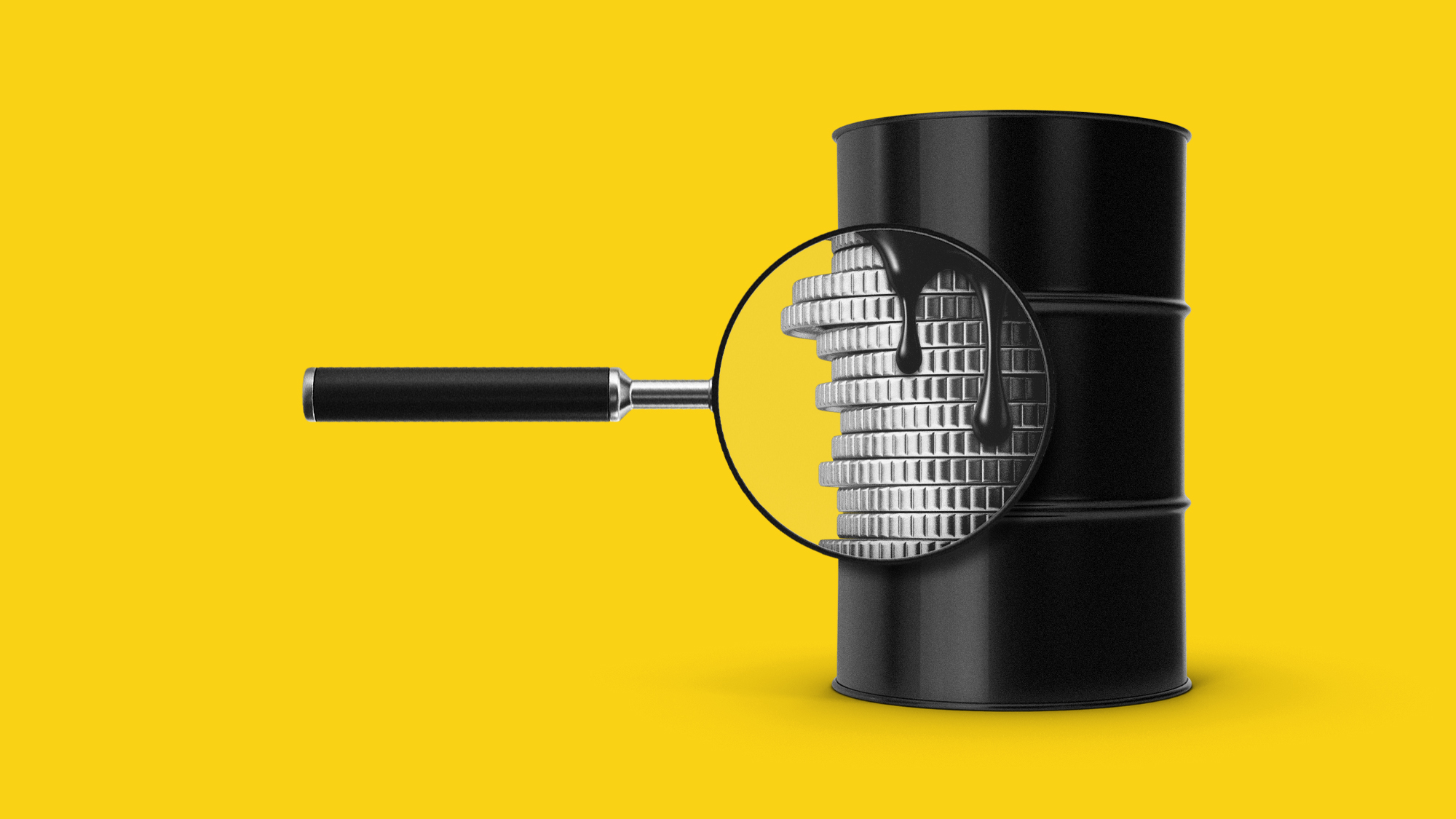Exhibit of the week: Steve Roden: In Between, A 20-Year Survey
Long a presence in the electronic music scene, Roden has also branched out into installation art.
Armory Center for the Arts, Pasadena, Calif.
Through Jan. 9, 2011
It’s not often that sleepy Pasadena, Calif., gets to celebrate an internationally acclaimed artist who’s also a favorite son, said Carl Kozlowski in Pasadena Weekly. The Armory Center for the Arts’ current exhibit of work from multimedia artist Steve Roden is his “first career retrospective anywhere.” Long a presence in the electronic music scene, Roden has also branched out into installation art. His most noteworthy visual artworks, however, are those in which he employs obscure methods in order to “interpret musical scores as paintings and drawings.” It’s impossible to leave this show unimpressed by Roden’s restless imagination, eclectic range, and “unique mix of talents.”
The Week
Escape your echo chamber. Get the facts behind the news, plus analysis from multiple perspectives.

Sign up for The Week's Free Newsletters
From our morning news briefing to a weekly Good News Newsletter, get the best of The Week delivered directly to your inbox.
From our morning news briefing to a weekly Good News Newsletter, get the best of The Week delivered directly to your inbox.
Roden tends to keep a low profile, said Holly Myers in the Los Angeles Times. “Highly respected by peers and critics, but conspicuously underrepresented in some of the glossier regions of the art world,” he’s spent the past two decades quietly developing his own peculiar creative methods. Roden never begins a work knowing what it will eventually look like; instead, he devises elaborate organizing principles for each, then follows them more or less mechanically to produce a finished product. Besides creating paintings based on music, he’s also done the reverse, using “the visual dynamics of a painting as a score for generating sound.” You might think that this obsession with system-building would result in predictable art. Yet Roden always leaves room for improvisation. “Rules are broken, mistakes are made and embraced.” Despite their programmatic origins, his works retain “a handmade character that leaves them feeling wobbly, dynamic, and exuberant.”
Roden’s experiments have taken him to some odd places, but this show reveals “certain identifiable progressions,” said Doug Harvey in the LA Weekly. His breakthrough was the “gorgeously rickety” series the silent world (2003–04). Based on Jacques Cousteau’s first book, it combines oils, encaustic, and spray paint in an “alchemical wedding of outsider conceptualism and painterly acumen.” Currently the artist is “translating” a book of poems by Nobel laureate Pär Lagerkvist—despite “the fact that Roden doesn’t read a lick of Swedish.” What does it all mean? Such a question misses the point: Roden’s art invites us to put aside linear thought—and to realize that, in art, logic is a “secondary component” that’s less important than fervent experimentation.
A free daily email with the biggest news stories of the day – and the best features from TheWeek.com
-
 5 hilariously slippery cartoons about Trump’s grab for Venezuelan oil
5 hilariously slippery cartoons about Trump’s grab for Venezuelan oilCartoons Artists take on a big threat, the FIFA Peace Prize, and more
-
 A running list of everything Trump has named or renamed after himself
A running list of everything Trump has named or renamed after himselfIn Depth The Kennedy Center is the latest thing to be slapped with Trump’s name
-
 Do oil companies really want to invest in Venezuela?
Do oil companies really want to invest in Venezuela?Today’s Big Question Trump claims control over crude reserves, but challenges loom